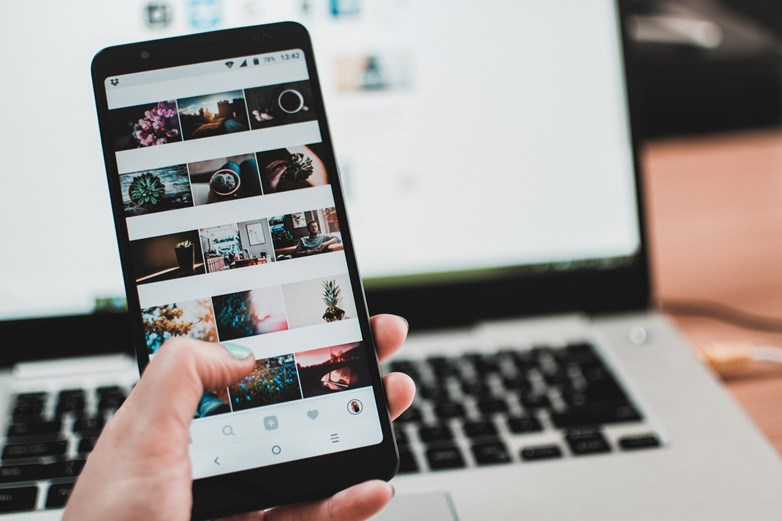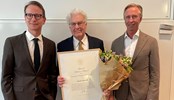Influencers important in corona communications
A big part in the fight against COVID-19 is getting information about government guidelines and regulations out to the population as quickly and efficiently as possible. As people’s news media consumption varies a lot across social groups and age groups, you need a multi-pronged approach to reaching people. One of these prongs should be influencers, argues Jonas Colliander, whose research looks closer at some of the most powerful people on social media.
“Influencers these days not only have a tremendous reach, but they also have a very special relationship with their followers that the government might lack,” says Jonas Colliander.
More prone to act
Influencers are already a force to be reckoned with in marketing. The power that influencers have is based on the relationship that they build with their followers over time. Sharing personal details and habits, from what your home looks like to who your friends are, creates the illusion of a friendship between influencers and their followers.
“Their recommendations and their advice are seen as coming from friends rather than from a media personality or a government source,” explains Jonas Colliander. “As a result, their advice is often taken more seriously, and people are much more prone to act upon this advice.”
This could come in handy during the COVID-19 crisis. Unlike many other countries, Sweden has so far opted not to implement a forced lockdown but has issued restrictions and recommendations to increase social distancing. Therefore, it’s even more important for the government to reach out to all levels of society.
Social media as a news medium
Trends point to more and more people consuming news through digital platforms or on social media. Around half of the Swedish population follows one or more blogs, 74 percent use Facebook and 61 percent use Instagram. Most of the communication happens in closed rooms, either in private messages or in Facebook groups.
“The government hasn’t been very quick to use the powers of social media to get their message out. Whether or not they make a concerted effort to, people are going to use social media to share information as well as rumors and disinformation.”
But there is one individual politician that stands out, Colliander says. Ardalan Shekarabi, the Swedish Minister for Social Security, reached out to fashion and beauty influencer Angelica Blick to ask him to interview him on her platforms. She asked her 1.1 million Instagram followers to send in their questions.
“This isn’t what I normally post, but I think that as a public persona you have a responsibility, and if you can help share things that are important, I think you should”, Blick told journalist Emmanuel Karlsten.
Shekarabi said he has been in contact with a number of other influencers. While the interview wasn’t a coordinated government initiative, the government has earmarked SEK 75 million for communication efforts. The Swedish Civil Contingencies Agency (MSB) has been tasked with coordinating the work to ensure that government information about the COVID-19 outbreak reaches as many as possible, as efficiently as possible.




